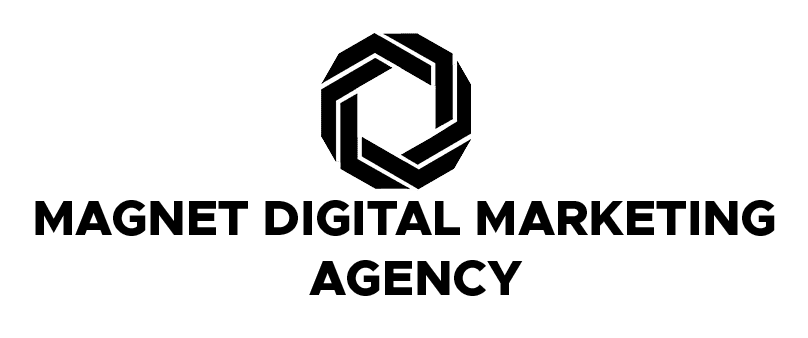In today’s fast-paced digital world, text-based content alone isn’t enough to capture and hold your audience’s attention. To stand out, you need to diversify your content strategy with formats like video, infographics, and podcasts. These formats not only make your content more engaging but also cater to different audience preferences, helping you reach a wider audience and drive better results. Whether you’re explaining a complex concept, sharing a story, or presenting data, these formats can bring your content to life in ways that text simply can’t.
Why Diversify Your Content Formats?
Engages Different Audiences: Some people prefer watching videos, others enjoy listening to podcasts, and some love visually appealing infographics. Diversifying your formats ensures you reach everyone.
Boosts Engagement: Visual and audio content is more likely to be shared and remembered than plain text.
Improves SEO: Search engines favor diverse content formats, especially video, which can improve your rankings.
Increases Accessibility: Different formats make your content accessible to people with varying preferences and needs.
Video Content: The Power of Visual Storytelling
Why Video Works:
Video is one of the most engaging content formats, combining visuals, audio, and motion to tell a story. It’s perfect for tutorials, product demos, testimonials, and behind-the-scenes content.
How to Create Effective Videos:
- Keep it concise and focused on a single topic.
- Use high-quality visuals and audio.
- Include captions for accessibility and to capture attention on mute.
- Add a clear call-to-action (CTA) at the end.
Examples:
A bakery could create a video tutorial on “How to Decorate a Wedding Cake.”
A digital marketing agency could share a client success story in a testimonial video.
Infographics: Simplifying Complex Information
Why Infographics Work:
Infographics are visually appealing and make complex information easy to understand. They’re ideal for presenting data, statistics, or step-by-step processes.
How to Create Effective Infographics:
- Use a clear and logical structure.
- Keep the design simple and visually appealing.
- Use colors and icons to highlight key points.
- Include your branding and a link to your website.
Examples:
A fitness brand could create an infographic on “The Benefits of a Plant-Based Diet.”
A tech company could share an infographic on “The Evolution of Smartphones.”
Podcasts: The Rise of Audio Content
Why Podcasts Work:
Podcasts are perfect for on-the-go audiences who prefer listening over reading or watching. They’re great for interviews, discussions, and storytelling.
- How to Create Effective Podcasts:
- Choose a niche topic that resonates with your audience.
- Invest in good audio equipment for clear sound.
- Keep episodes consistent in length and format.
- Promote your podcast on social media and podcast directories.
Examples:
A business coach could host a podcast on “Tips for Scaling Your Small Business.”
A travel agency could create a podcast series on “Hidden Gems Around the World.”
How to Choose the Right Format
Know Your Audience:
Understand your audience’s preferences and habits. For example, younger audiences might prefer video and social media content, while professionals might prefer podcasts.
Align with Your Goals:
Choose formats that align with your content goals. For example, use videos for brand awareness, infographics for lead generation, and podcasts for building authority.
Repurpose Content:
Turn one piece of content into multiple formats. For example, a blog post can be turned into a video, an infographic, and a podcast episode.
Pro Tips for Diversifying Content Formats
Start Small: Experiment with one new format at a time and scale up as you see results.
Focus on Quality: High-quality content is more likely to engage your audience and deliver results.
Promote Across Channels: Share your content on social media, email, and other channels to maximize its reach.
Track Performance: Use analytics to measure the performance of each format and refine your strategy.
How Diversified Content Fits into Your Overall Strategy
Diversifying your content formats is a key part of a successful content marketing strategy. To maximize its impact, you’ll also need to:
 seolounge
seolounge




Leave a Reply